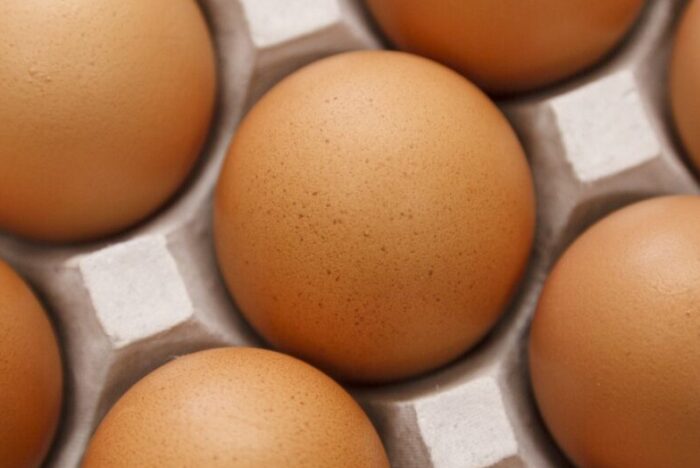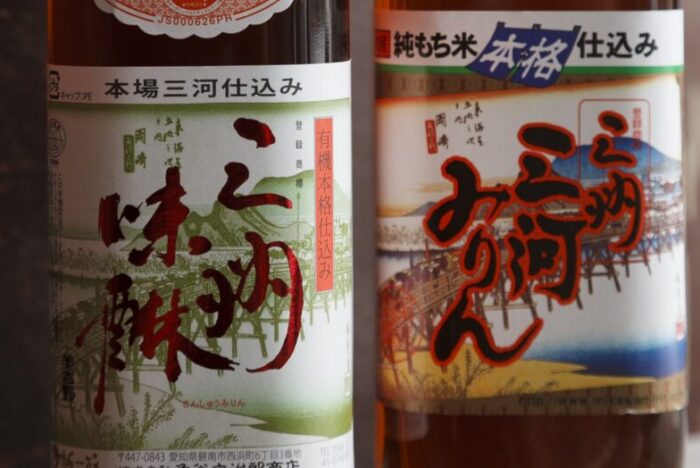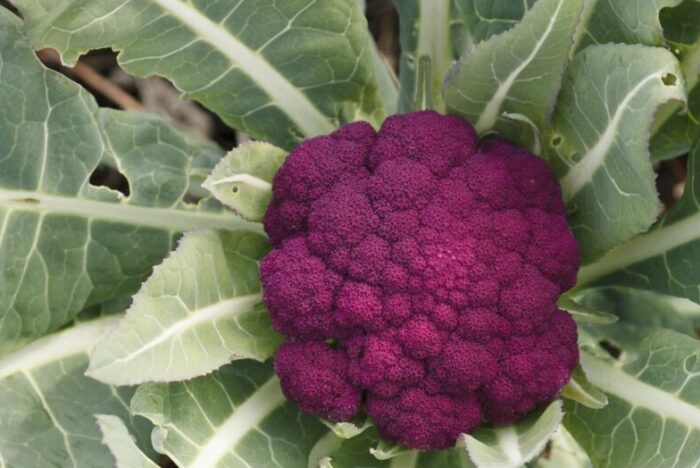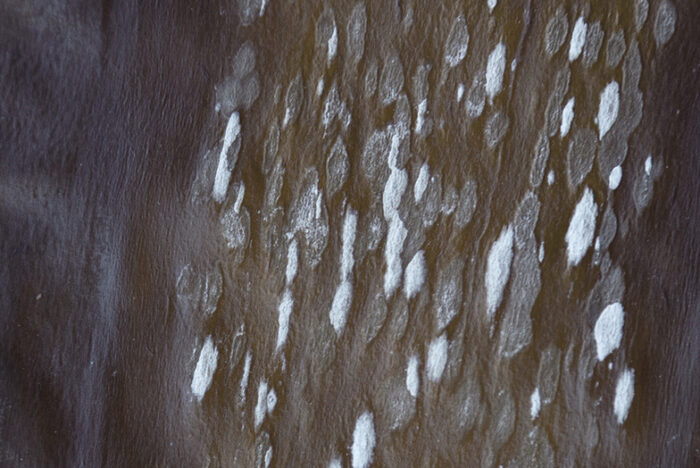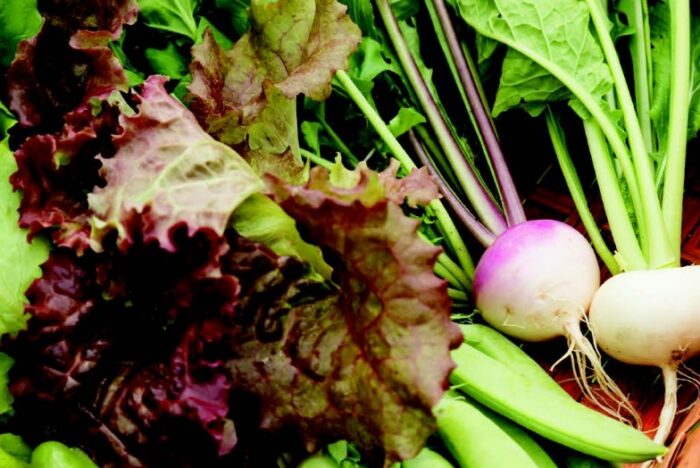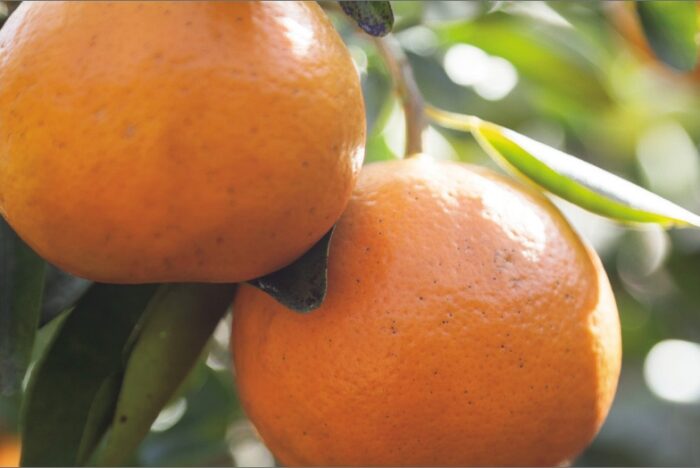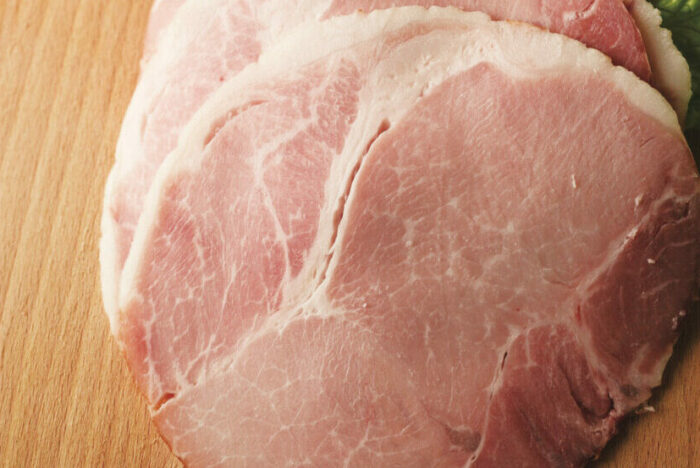Food of Japan: Learn and Enjoy
IDUU since 1781
Series ― Time-Honored Shops - Japan’s Hidden Treasures by Mr. Shoku-iku, Yukio Hattori
2016.05.01
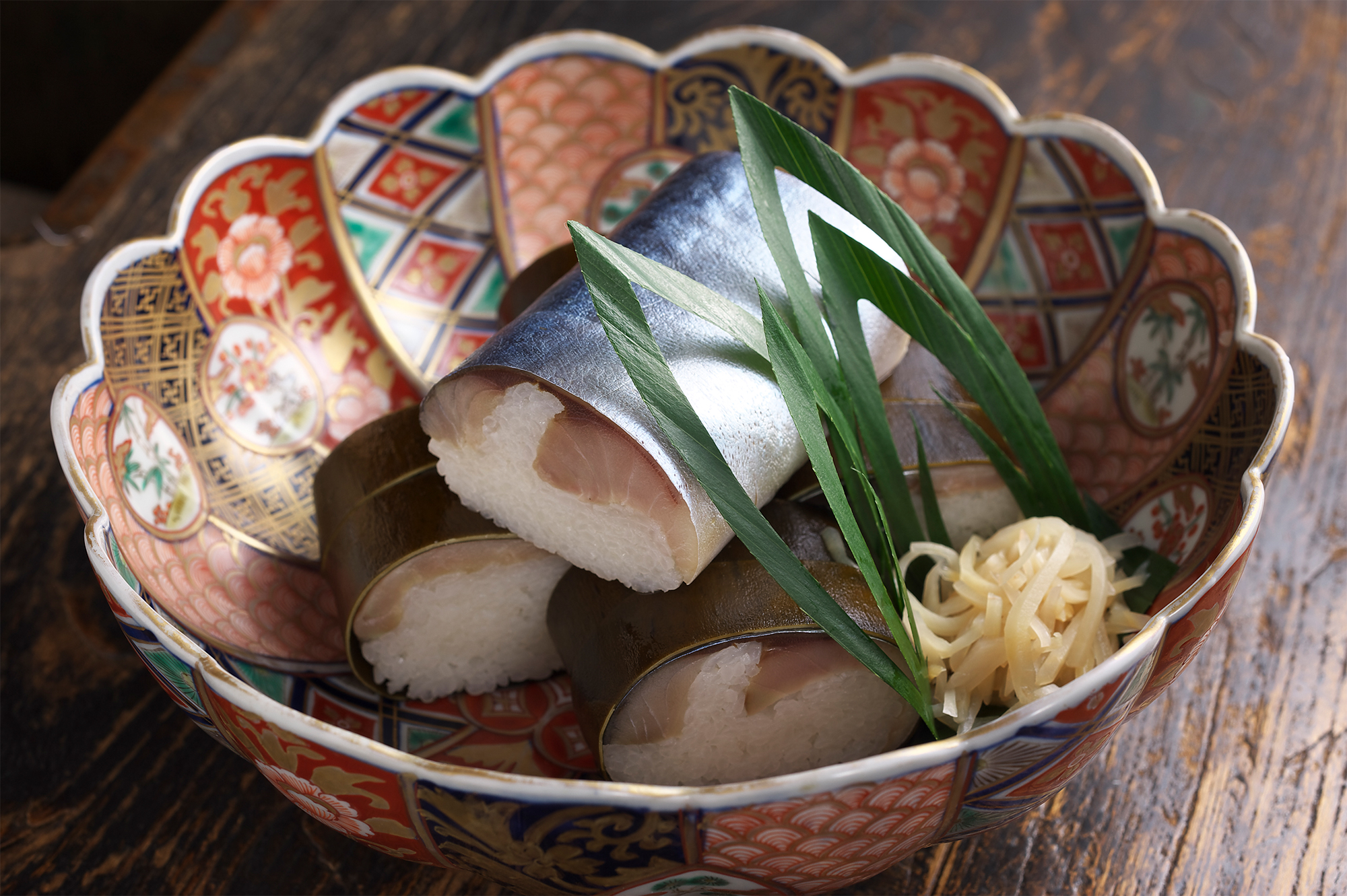
From the deep blue of their backs to their silver bellies, mackerel from the Sea of Japan give Iduu’s saba-zushi its gorgeous color gradation. Servings prepared from a whole fish are ¥4,860; a half order is ¥2,430. Regional delivery is offered from October to May. (The minimum quantity is a whole serving and extra charge for box)
text by Michiko Watanabe / photographs by Toshio Sugiura
You can’t talk about vinegared mackerel sushi without mention of Iduu in Kyoto. In business for more than 200 years, they are saba-zushi specialists who take this preserved food, traditionally a homemade one, to the level of art in preparation, taste, and presentation. Seventh-generation owner Kuniyasu Sasaki met with us to share their story.
The Art of Mackerel Sushi
Our founder, Uhe Idumiya, was a fish seller who later opened a sushi shop. For his signature product he settled on saba-zushi, a Kyoto food associated with festival days and congratulatory occasions. In those days there was no refrigeration.
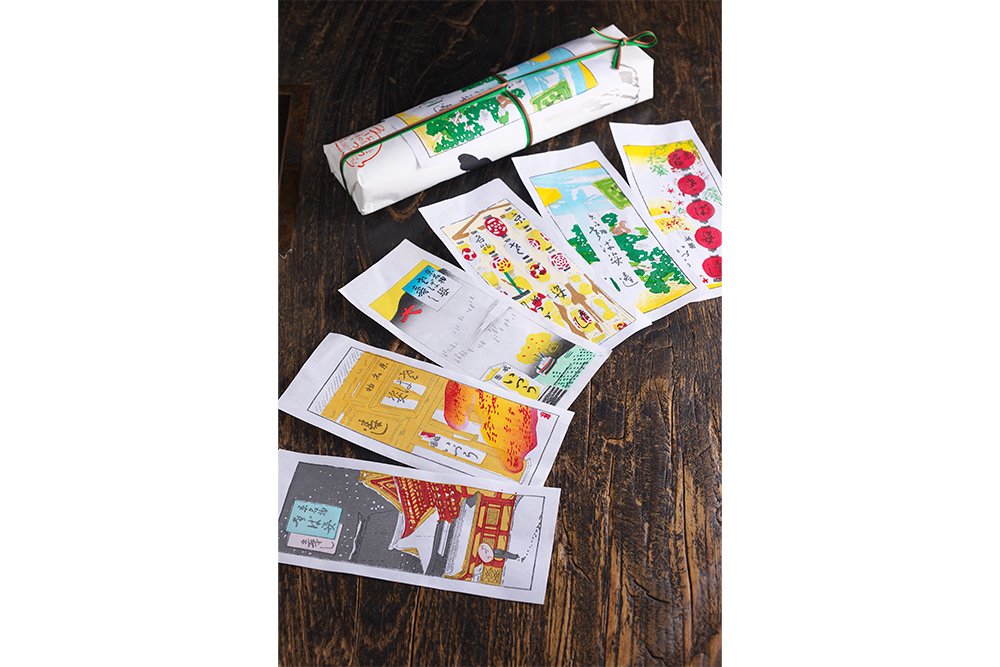
Saba-zushi was traditionally made on festival days. Iduu’s takeaway wrapping papers change every other month and are printed in seasonal themes including Kyoto’s many famous festivals
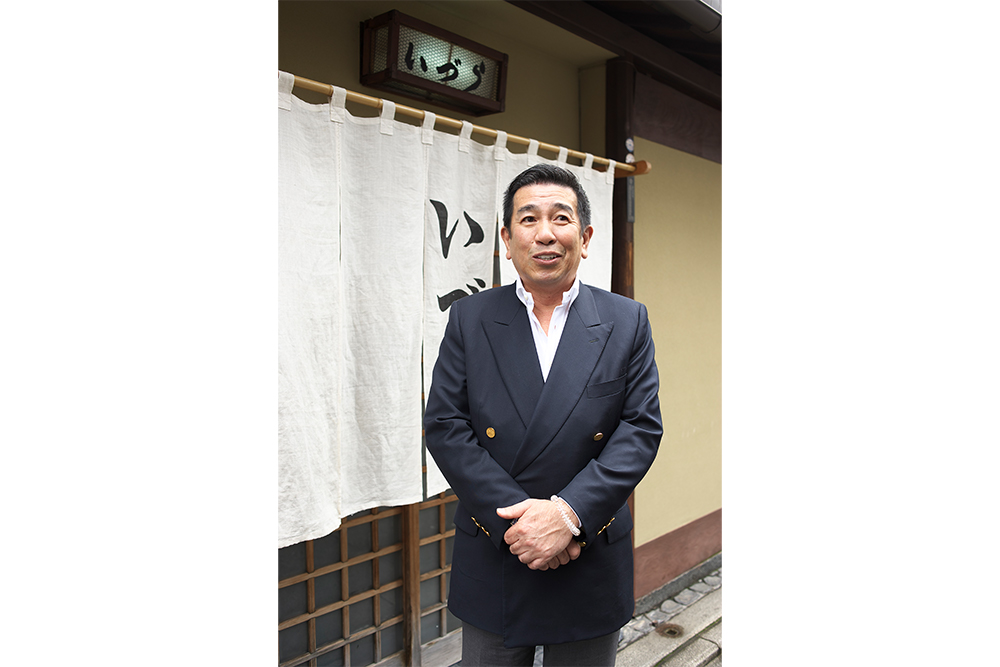
Proprietor Kuniyasu Sasaki says Iduu’s aim from the beginning has been all about repositioning mackerel sushi from its origin as a preserved food to a real-time, delicious treat.
Mackerel hauled in from the coastal waters off Wakasa Bay in Fukui was filleted on shore and heavily salt-cured before being transported to Kyoto. With his skill in handling fish, Uhe aimed to bring the taste of saba-zushi to a more refined level. The way we prepare ours today owes a lot to him and his techniques.
We still use oil-rich mackerel from the Sea of Japan. We fillet it into three pieces and salt-cure the flesh for three hours in the warmer months, or four when it’s cold.
We then wash away the salt and wipe the fillets dry. Next is a one-minute bath in pure vinegar—any longer than that and the umami leaches out. We remove the fillets just as the flesh begins to turn white and store them overnight in our ice chest, allowing the residual vinegar to penetrate more deeply.
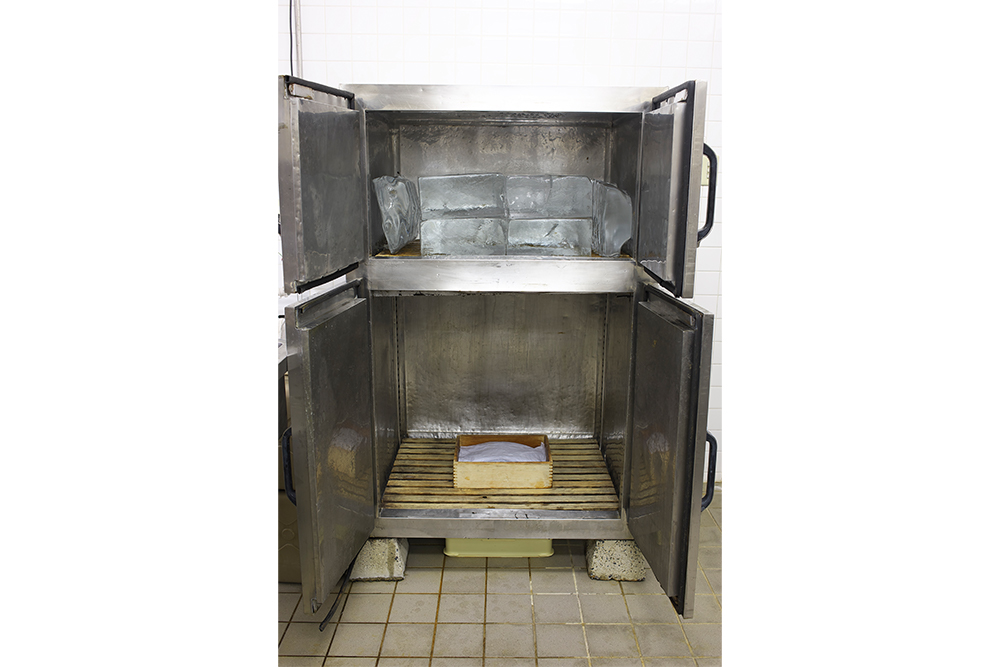
After being washed in vinegar for just one minute, mackerel fillets are cured overnight in this vintage ice chest.
We use Goshumai rice grown in Shiga and steam it in a 3:1 stock of water and ichiban-dashi made from kombu and katsuobushi, which gives the rice a wonderful aroma. We transfer the steamed rice to a large bowl, add vinegar, and let it cool before preparing the sushi. Rice steamed in the morning is left to rest until that evening; rice made in the evening is set aside overnight.
We watch the ambient temperature, too—in the summer the air conditioner is on; in the winter we cover the rice with a blanket. After shaping the sushi we wrap each piece in simmered kombu, cover them with bamboo bark, and let them rest overnight.
In the past when all takeaway orders were by reservation only, delivery was timed to include this final bit of curing. Nowadays we don’t have that luxury, but I do recommend letting the flavors gel for a day.
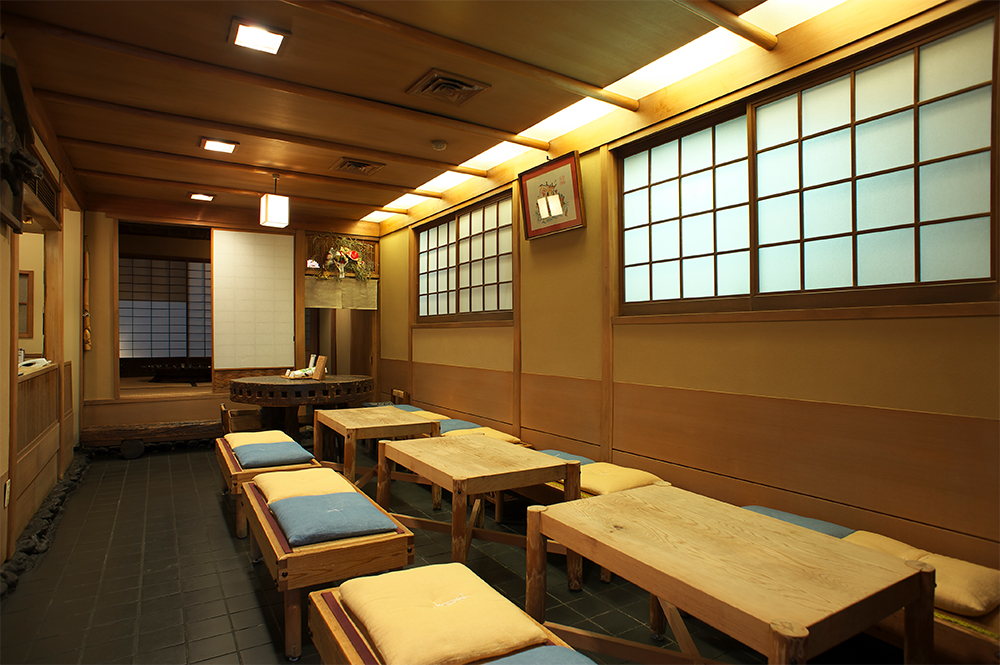
In recent years the shop added seating for eat-in orders; before then their business was for takeout only.
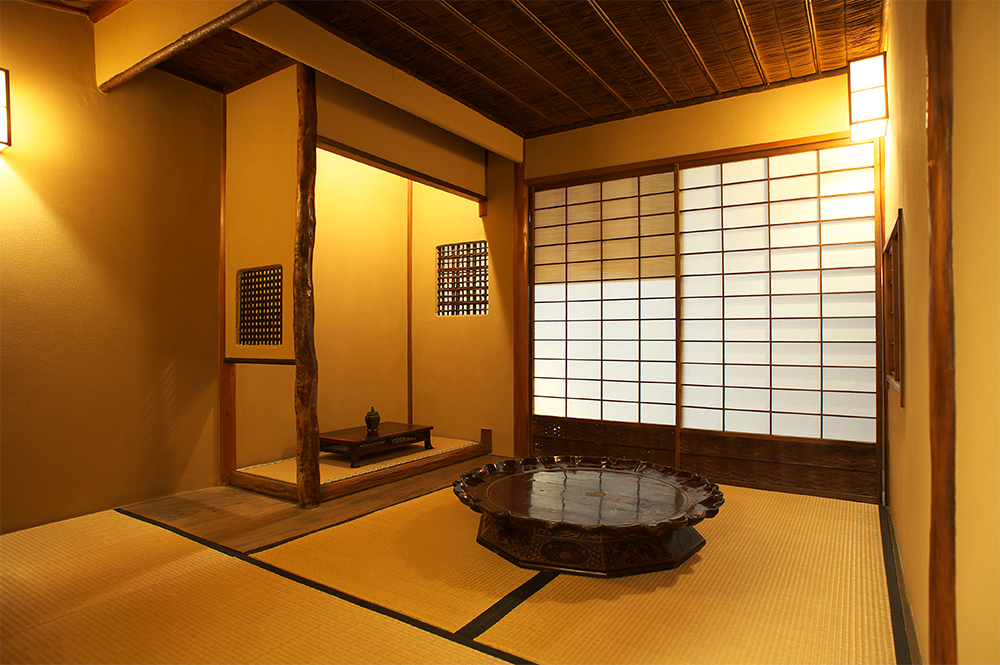
A formal tearoom is available for private parties.
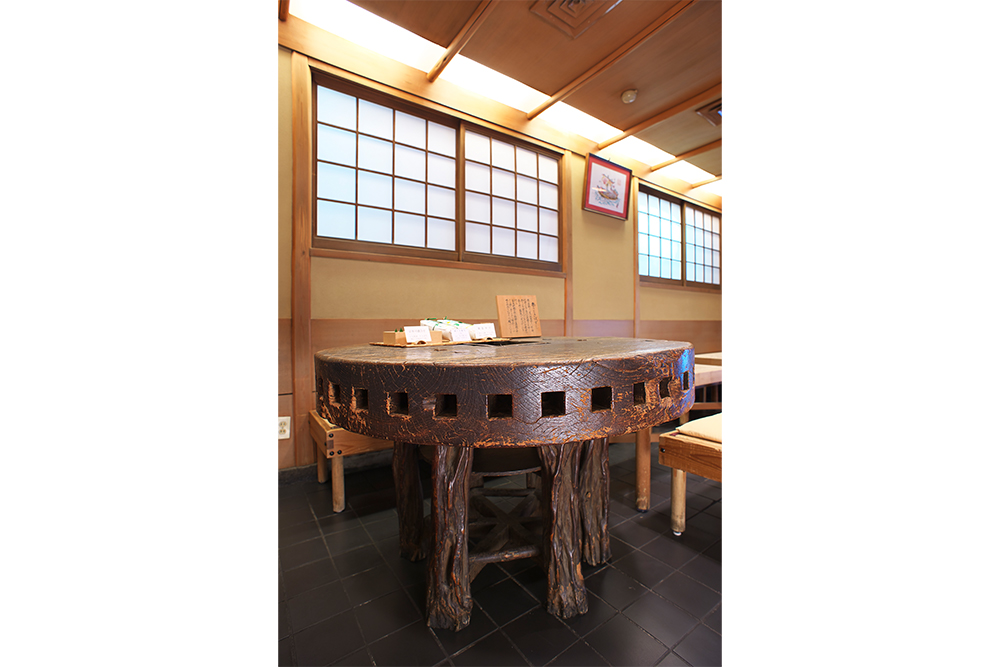
This table, in use at Iduu for 70 years, has grooves that suggest it was recycled from a water mill.
Many people wonder if the kombu wrap is meant to be eaten.Its real purpose is to seal in the umami and to keep the sushi moist until serving. If you find that your saba-zushi has dried out, heat the fish and rice separately—ideally over a charcoal brazier. It’s a treat my grandmother often made for me. I think you’ll like it!
◎IDUU
367 Yasaka Shinchi Kiyomoto-cho, Higashiyama-ku, Kyoto
(電話マーク)075-561-0751
Open weekdays and Saturdays from 11 a.m. to 10:30 p.m. and to 9:30 p.m. on Sundays and holidays.
Closed Tuesdays.
Five minutes on foot from Gion-shijo Station on the Keihan Railway.


